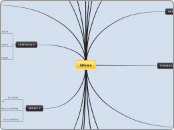por Abdelrahman Anany 6 anos atrás
225
why do we believe fake news
Fake news spreads significantly faster than true information, particularly on social media platforms like Twitter, where it is 70% more likely to be retweeted. Emotional intensity plays a crucial role in this phenomenon, making emotionally charged content more likely to be shared.









